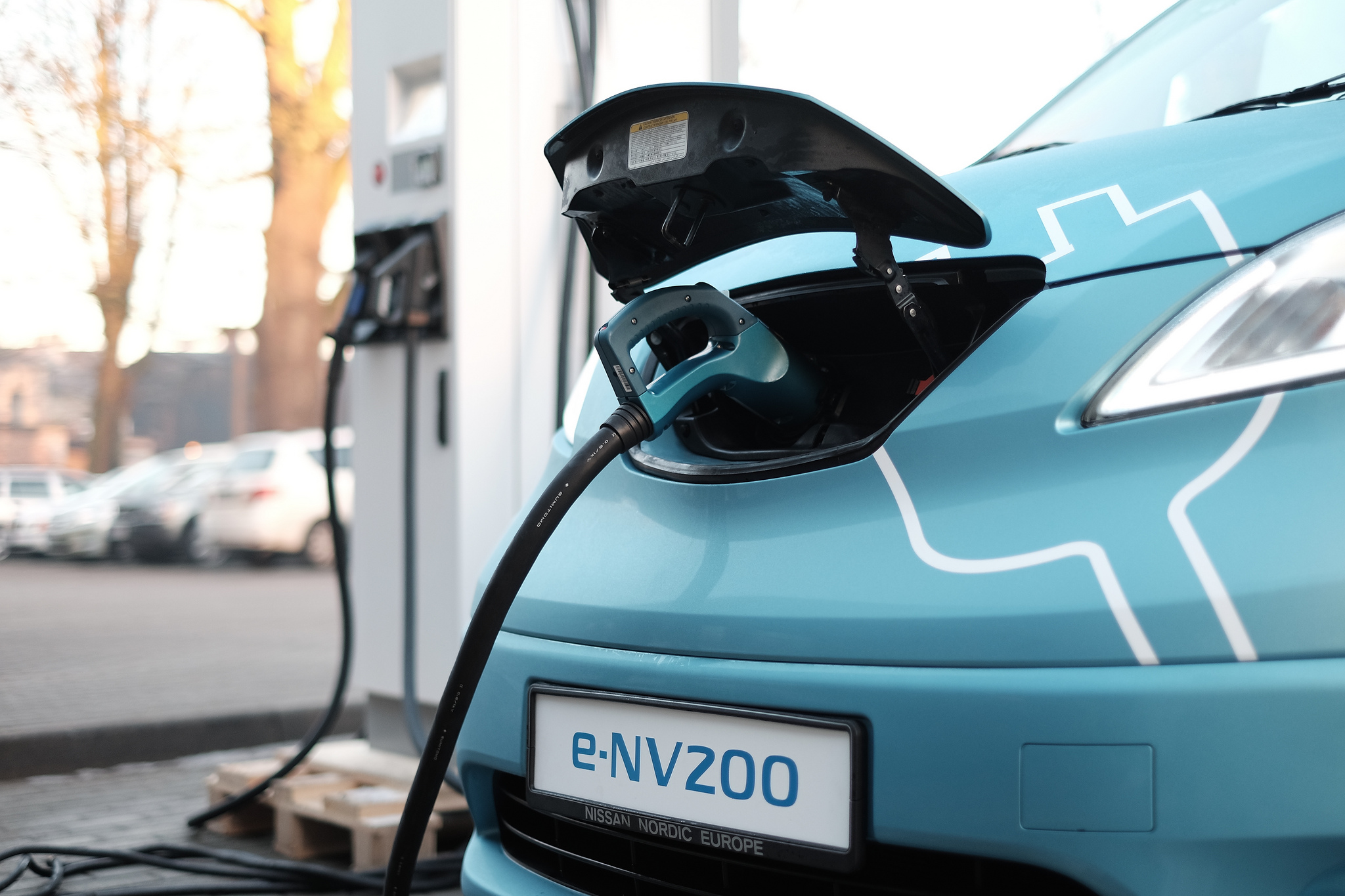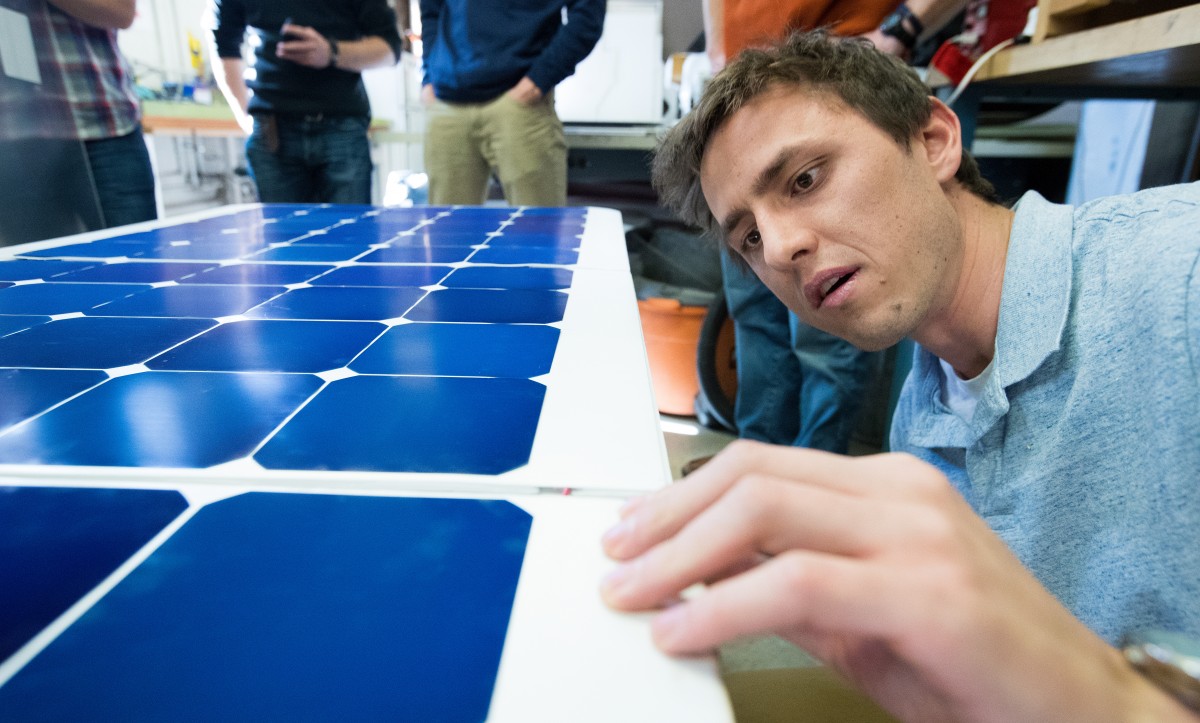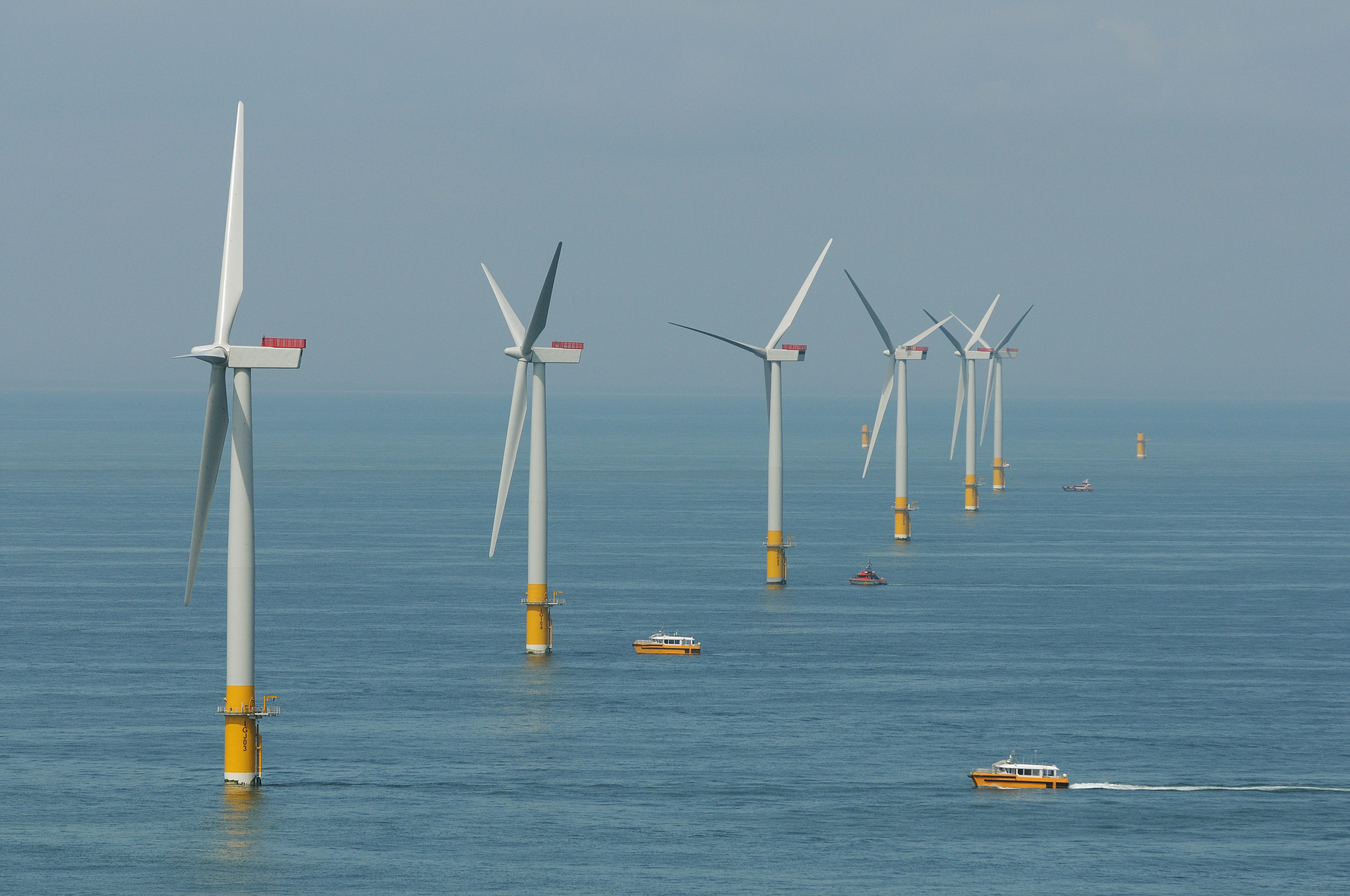Energy
Accidental Ethanol From Carbon Dioxide
Scientists at the Oak Ridge National Laboratory in Tennessee were trying to find a series of chemical reactions that could turn carbon dioxide into a useful fuel. But the unexpected occurred: they found that the first step in their process actually got the job done all by itself. The reaction turns CO2 into ethanol, which is already used to power generators and vehicles.
Using Less Energy
Americans comprise less than 5% of the world’s population, but we use almost 20% of its energy. This is a problem from many perspectives and it is one that we are at least trying to solve.
The Ocean As A Heat Sink
From 1998 until 2013, scientists observed a slowing in the rate of global mean surface warming. In other words, global temperatures were not rising as quickly as before. This quickly became known as the “global warming hiatus.”
Building A Better Solar Cell
The great majority of solar cells being manufactured today are based on silicon crystals. That technology has come a long way over time and has gotten cheaper and more plentiful as the industry has grown.
Renewables On Campus
Colleges and universities across the country are increasingly deploying solar arrays and other types of renewable energy. Many have set goals to become carbon neutral.
How Green Are Green Cars?
Electric cars are generally seen as the way to eliminate or at least dramatically reduce the disastrous effects of personal transportation on the environment. They still constitute only a tiny fraction of the cars on the road, but their popularity and availability is growing.
The Methane Riddle
Most of the blame for climate change has been placed on the growing levels of carbon dioxide in the atmosphere, but methane also plays a major role. Estimates are that about 1/5 of greenhouse effect warming is caused by methane in the atmosphere. There is far less of it than carbon dioxide, but methane is tremendously more effective at trapping heat.
Floating Wind
Offshore wind power can supply a significant amount of energy to our hungry grid. In many places in Europe, it is doing just that. Here in US, it is just starting to be used in some places in the Northeast, with the first small offshore wind farm coming on line off the coast of Rhode Island.
Climate Change And Jobs
Combating climate change is a bit like treating a disease whose early stage symptoms are not very severe. People are not as motivated as they should be. Businesses have to comply with new regulations and spend money on new technologies, which seems like a losing proposition.
Student-Led Solar Revolution
College students have often spearheaded uprisings and revolutionary ideas. A group of BYU engineering students is trying to start a solar-cell revolution.
Wiping Out Wildlife
According to a new report from the World Wildlife Fund, the world’s animal populations have suffered widespread population declines in the last half century. And thousands of species are now scrambling to survive.
Offshore Wind In Europe
The U.S. has just turned on its first offshore wind farm off the coast of Rhode Island. In the meantime, offshore wind continues to grow by leaps and bounds in Europe. Wind energy in the European Union accounts for 12% of its electricity supply. Until 2011, offshore wind comprised only 5-10% of the newly-installed wind energy capacity; now it about one third of the new installations.
Renewable Energy As Art
When we think about the visual impact of energy plants, we usually envision ugly smokestacks belching out toxic fumes. Of course, many people also consider wind turbines to be eyesores and even solar panels are often viewed unfavorably from an aesthetic point of view.
A Climate-Friendlier Coolant
Recently, negotiators from more than 170 countries reached a legally binding accord in Kigali, Rwanda to cut the use of hydroflurocarbons, or HFCs, which are chemical coolants used in air conditioners and refrigerators. HFCs are just a small percentage of the greenhouse gases in the atmosphere, but they are supercharged greenhouse gases that have 1,000 times the heat-trapping potency of carbon dioxide.
Energy At Our Feet
There are both big ideas and small ideas for generating electricity from renewable sources. For example, even though there are now gigantic solar energy farms producing vast amounts of electricity, there are also plans to embed solar technology in the windows of homes and businesses to capture even more of the sun’s energy.
Canadian Carbon Tax
The Canadian government has chosen a carbon tax as its national policy to reduce greenhouse gas emissions. This aggressive move could have major repercussions around the world.
Kite Power
Wind power is a growing contributor to the energy grid but it has its limitations. Wind turbines need to be located in windy places and the structures are big, get in the way of things, and are rather costly.
Turning Sunlight into Fuel
When looking at the best ways to meet humanity’s energy needs, there is little doubt that the sun is the ultimate answer. In one hour, the Earth receives enough energy from the sun to meet all of our needs for a year. Despite this fact, the world currently only gets about 1% of its energy directly from the sun.



















